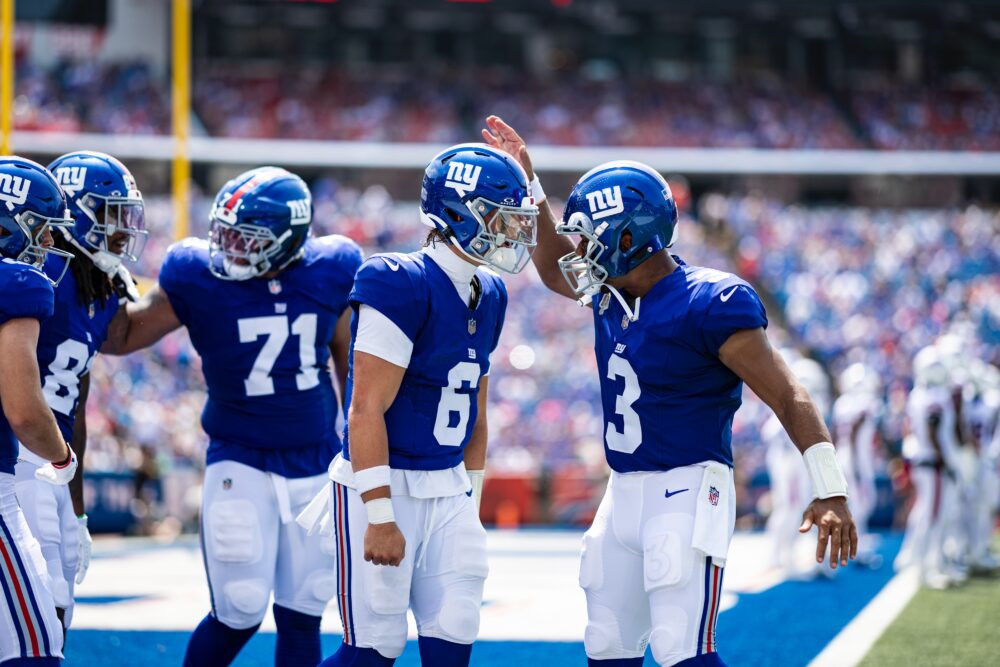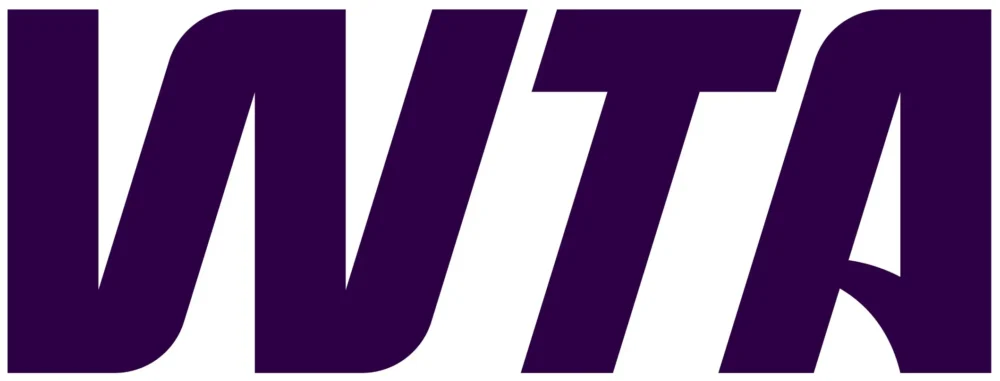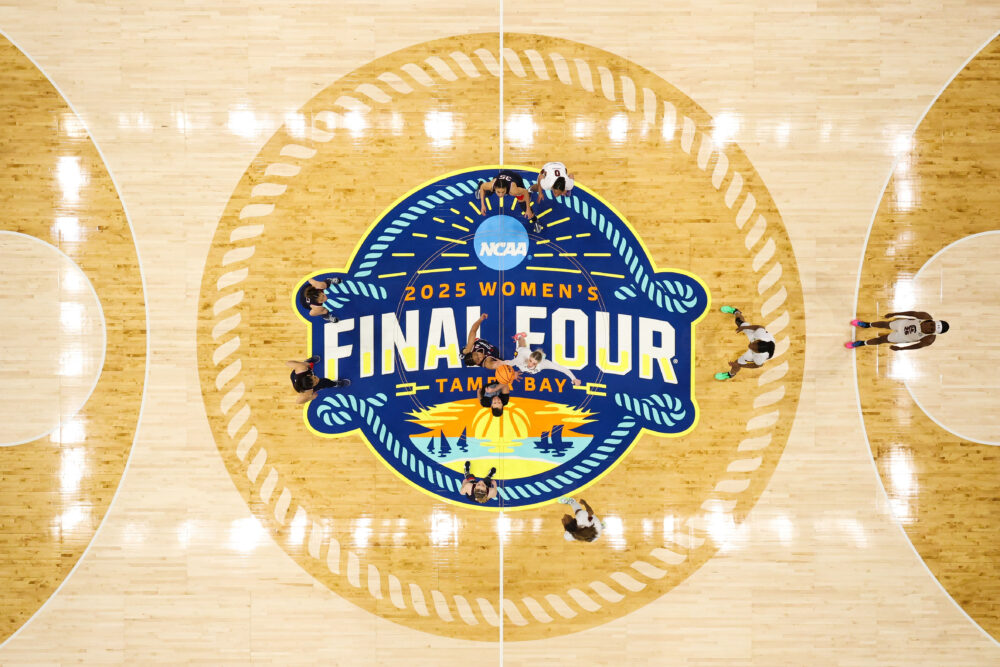Share
Why Social Media Engagement Is Skyrocketing at This University
Small private college leverages PhotoShelter to manage photography that helps them stand out in the crowd.

For a small private school in the shadow of one of the biggest rivalries in college football, capturing the attention of 18-22 year old students is no easy task. How do you stand out on cell phones that are constantly bombarded with content, and encourage students to know and love your brand? The athletics department at Samford University, a small Baptist University in Birmingham, Alabama, has the answer. Watch the video to get a behind the scenes look at how Samford became the first school in the NCAA to send their best photos straight to student athletes in real time, and why this strategy is a game-changer for fan engagement.
On-Demand Webinar
Read on to learn more about this lightning-fast workflow or watch this On-Demand Webinar with Samford’s Kevin Young to get all your questions answered!
Behind the Scenes with the Storytellers
With a clear vision, a small team and the right tools, Associate Athletics Director for Marketing & Strategic Communications Kevin Young has made Samford the first school in the NCAA to share images with student athletes instantly and automatically on gameday – and the results are undeniable.
“Our engagement numbers across the board are through the roof because people want to interact with the student athletes,” says Kevin.
But this workflow has a powerful ripple effect even beyond the uptick in social media engagement.
Let’s break down the ways Samford’s real-time photo workflow is making an impact across campus.
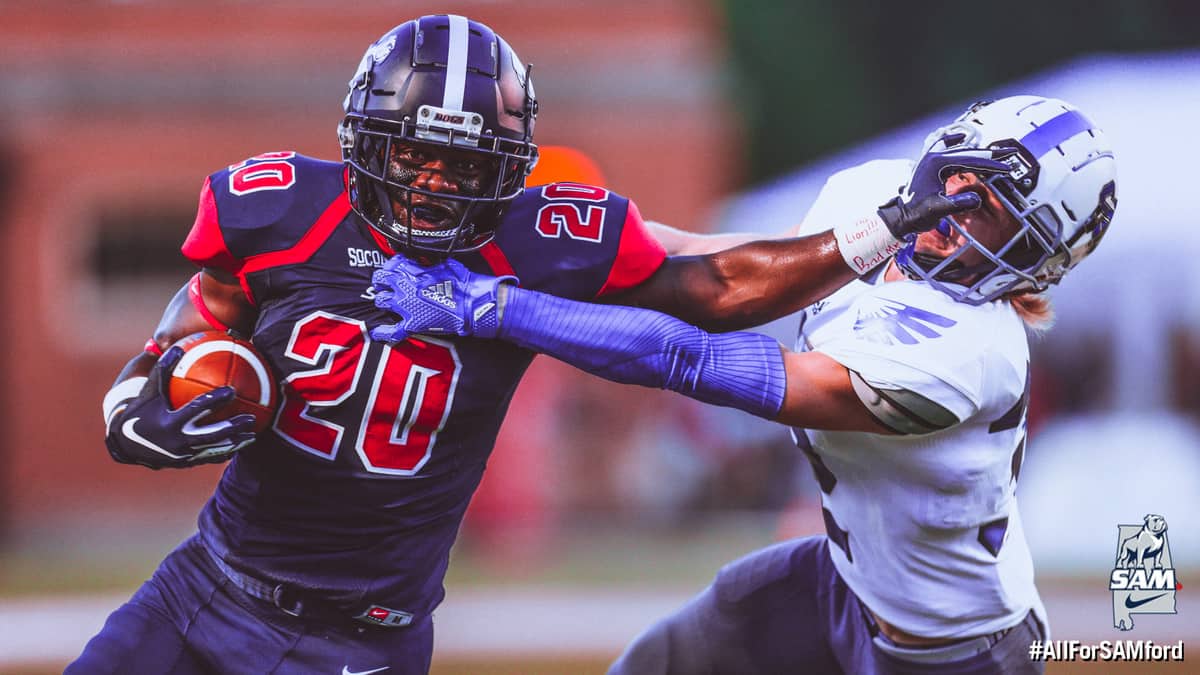
Effective Branding
Speed is the key to catching the attention of Samford students and prospective students.
“If we’re not fast enough, they might miss it, just because of how fast they’re going through their feeds and channels,” says Austin Scott, Director of Communications and Social Media for Samford Athletics.
Sharing photos immediately helps Samford Athletics capitalize on a moment. People are most likely to like, comment on and share a photo of the winning touchdown if they see it while they’re still excited about it.
By delivering their professional photos when it counts, they’re controlling the school’s reputation and building a consistent, powerful brand.
“There’s a time and a place for a cell phone photo,” says Kevin. “If you’re trying to put your brand out there, you want it represented in the best quality.”
By sending the photos to student athletes to share on their own social media channels, they’re broadening their reach and giving their content authenticity.
“It’s back to emotional connection for us,” says Kevin. “It makes it real when it comes from people that are a part of this program and not just somebody running an account behind a computer. It comes from the person under center, taking the snap.”
lemme say this, this team played their hearts out. A few mistakes here and there we gonna learn from. Wouldn’t trade this tewm for nothing! A LONG season with a lot of games to win! thanks or all the support! Go dogs! #AllForSAMford pic.twitter.com/Uulra9i0tQ
— Devlin Hodges (@DevlinHodges10) September 9, 2018
Gameday Storytelling Across Channels
Samford’s real-time photo workflow has revolutionized how the team tells the story of a game.
Before, they used card runners to get photos from the field to the press box during the game. They would have to scroll through a whole card to find the best shots, which was time consuming and tedious. After the game, they would use the photos in a story or a graphic.
“In the past institutions that I worked at, we haven’t had this workflow, we’d be up there going through photos all night long,” says Kevin. “We’d be there hours. Five, six hours after a game, counting your social media posts, counting your photo gallery posts. We’re eliminating all that by having this workflow, being able to take the good photo straight from the camera into the system.”
Now, the photographer selects the best photos on the sidelines and sends them to the press box instantly. The social media team doesn’t have to waste time sifting through hundreds of shots to find the best ones. They pull them into Lightroom to add the team’s look and logo, then post them on social media – just minutes after the photos were taken. They can also make real-time score updates for Twitter featuring images from that quarter, rather than file photos from another game.
Bulldogs are in control after Set ☝️!#BeABetterBulldog#AllForSAMford pic.twitter.com/3jzAg87TfC
— Samford Volleyball (@SamfordVB) November 8, 2018
“It’s just flooding Instagram and Twitter with Samford branded content,” says the team’s lead student photographer, Chase Cochran.
In the game featured in the video above, Chase took more than 2,000 photos and sent 140 selects to the press box in real time.
“As a photographer, being able to see content go immediately from your camera to a computer and to social media within two minutes is unbelievable,” he says.
from inside the Pete during the first half!#BetterEveryDay#AllForSAMford pic.twitter.com/P0mi1ur2RQ
— Samford Men’s Basketball (@SamfordMBB) November 7, 2018
As soon as Kevin and his team upload the final photos to the public gameday gallery in PhotoShelter for Brands, they’re not only sent out to all of the student athletes via the custom integration between PhotoShelter and Socialie, but they’re also easily accessible to the rest of the Samford team.
The sports information directors can publish the photos on the website through the PhotoShelter + Sidearm integration. When they write a story, they can simply embed a slideshow of the gameday gallery.
Everyday Efficiency
The team at Samford Athletics uses PhotoShelter as their go-to place for visual content not just on gameday, but every day.
That means they have one simple system for organizing, finding and sharing photos and videos, whether they’re covering a game in real time or following up on a story from last season.
They tag all of their files with metadata, so anyone who needs a photo can run a quick search and find the perfect shot in seconds.
They can always get their hands on the best images, whether they were taken today or five years ago, and whether they’re at home or away.
“At a previous institution, I had a storage-based solution on campus and problem is, it’s on campus. I can’t access that off campus,” explains Kevin. “We can do this from anywhere.”
Attention Across Sports
Austin manages the Twitter, Facebook and Instagram accounts for all 17 sports. Many schools devote most of their resources to their top revenue sports. But with this workflow, the team can bring attention to sports that aren’t usually in the spotlight, like track and field, golf and tennis.
“Why? Because we have a content hub,” says Kevin. “We make an effort to go out to their practices, to produce content, and then we store that content for them to use. Those kids are just as valuable as a football player. You never know what they’re going to graduate and do. If they have a good experience at Samford, they can come back, be members of our Bulldog club, and give back. It’s all about providing that top-class experience for our student athletes.”
Unranked to a Top 10 team finish at the NCAA South Region XC Championships for these boys! Almost that time to go title chasing on the track! pic.twitter.com/a463j0XtK4
— Chad Balyo (@Chad_Balyo) November 9, 2018
Austin says having content they can share has given student athletes a new sense of pride.
“Everyone wants to feel special,” says Austin, “and it shows on their accounts.”
Less Work, Saved Time
In years past, students would start texting the team photographer asking for photos right after a game. Meanwhile, stakeholders across the university would be waiting for images for the website, social media, PR and more.
Now, no one has to wait for content, and no one has to waste time responding to image requests. Everyone has access to what they need immediately.
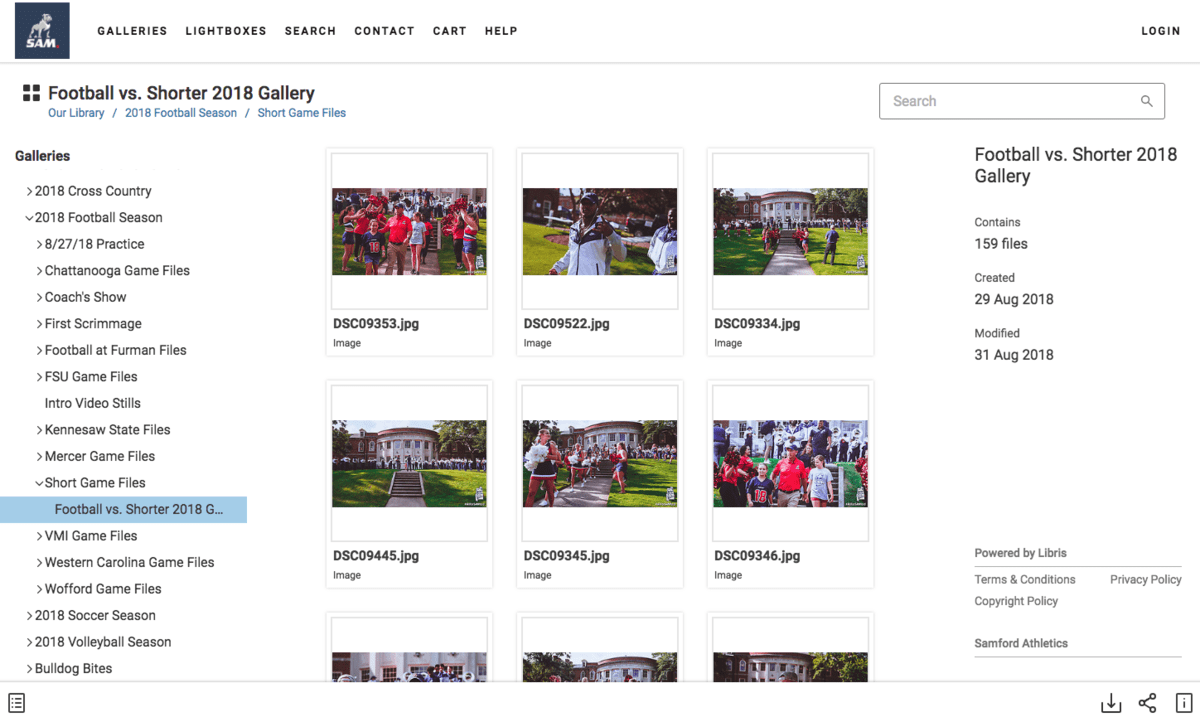
Plus, the team no longer has to spend hours sifting through SD cards, editing and emailing photos after a game. The work is already done, because the content was delivered in real time.
“We wrapped up a soccer game from kickoff at 6:00 – by 8:38, we were in the car on the way home,” says Kevin. “That was with a photo gallery, that was with stats, that was with social media posts. We were done. And at this level, you can’t waste time.”
And not only is the department more efficient, but team morale is higher.
“We’re eliminating steps after games that would take SIDs and our social media managers hours to do after,” says Kevin. “That’s time that you can’t get back because it gets people out of the workplace. If you’re talking about work-life balance in college athletics, we’re able to go home and enjoy an evening.”
Maximized ROI
Every team in higher ed struggles with one never-ending challenge: budget.
“We’re all trying to maximize the dollar,” says Kevin. “It’s can you get more with less?”
Kevin and his small team have been able to make the most of every dollar by being efficient. They’re reaching a much broader audience with the quick work of a very small team (Kevin, Austin, a freelance photographer and a student photographer).
“This process, for us, and at previous institutions, would take five to six people to do, from your SID to your photographers to everything,” says Kevin. “By eliminating all the people in the way and all the people that have to touch it, you’re able to save time.”
He explains that this strategy isn’t about manpower, it’s about spending money more effectively.
“There’s no big donation to do this,” says Kevin. “We’re not breaking the bank – we’re doing this within our budget.”
Rather than spending the department’s budget on billboards and radio ads, they’ve invested in meeting their target audience where they are – their student athletes’ social media accounts. Now, he can point to the uptick in engagement and show that they’re getting more from every dollar they spend.
“We’re doing more with less,” says Kevin.

